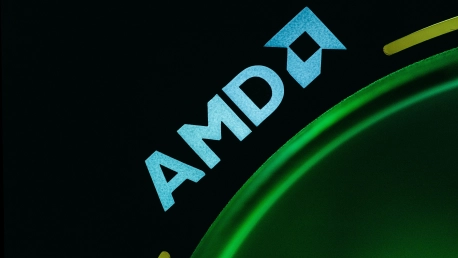The open-source community, particularly those utilizing Linux, has faced a setback due to the HDMI Forum’s decision to reject AMD’s proposal for an open-source HDMI 2.1 interface. This refusal hampers efforts to democratize access to high-end graphical features such as those offered by AMD’s FreeSync technology, which enables high-resolution and high-refresh-rate experiences including 4K at 120 Hz and 5K at 240 Hz. The HDMI 2.1 specification harbors a range of cutting-edge functions that are critical for the latest display technologies. However, it remains cloaked in secrecy, with access restricted by rigorous licensing regulations. The HDMI Forum’s stance places a significant obstacle in the path of progress toward widespread adoption of these advancements, which could otherwise benefit a broad spectrum of users. The continued proprietary stance on HDMI 2.1 underscores a larger issue of accessibility in the tech industry, impacting consumer choice and technological innovation.
AMD’s Sustained Efforts
AMD’s endeavor to propose an open-source solution was led by developer Alex Deucher alongside the company’s legal team, rigorously working through intricate legal hurdles for over two years. Their goal was clear: to produce a driver that Linux users could utilize without contravening the HDMI Forum’s stringent regulations. However, after an exhaustive review process, the HDMI Forum firmly denied their submission. AMD’s efforts were essentially aimed at broadening the reach of HDMI 2.1 to the open-source realm, where such advancements could be universally leveraged without the limitations imposed by proprietary systems.
Implications for the Open-Source Community
The impasse with the HDMI Forum presents a peculiar challenge for AMD and the Linux community at large. The open-source ethos thrives on collaboration and freedom—principles that seem to clash with the guarded approach taken by the HDMI Forum. The tech giant now faces a difficult decision: either to proceed with proprietary drivers that defy the spirit of open development or direct consumers to different output technologies like DisplayPort that don’t face similar restrictions. This standoff not only affects tech enthusiasts aiming for high-spec visual experiences but also underscores the broader discord between proprietary standards and the ideals of the open-source movement. It leaves a gap in the market where Linux users are, once again, left looking for alternative paths to achieve their high-performance display goals.









